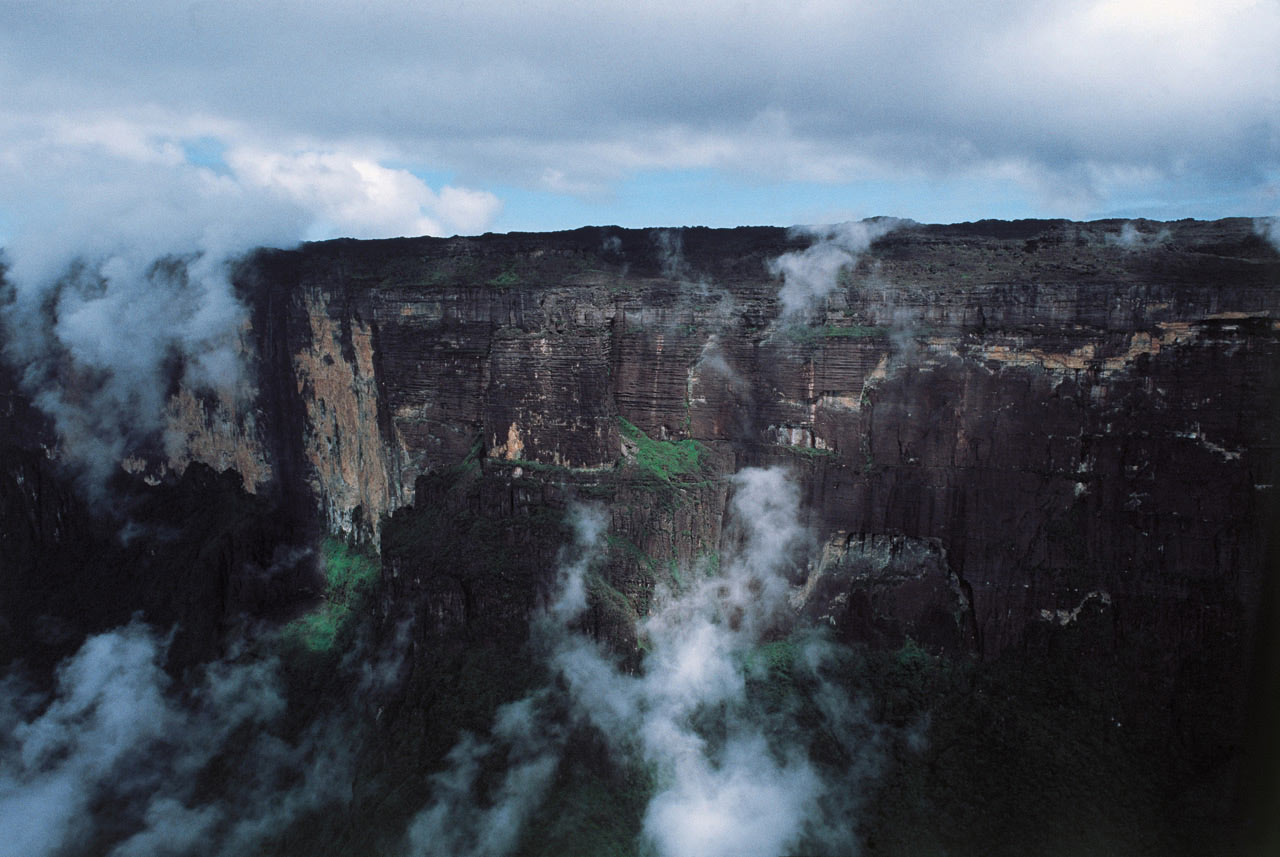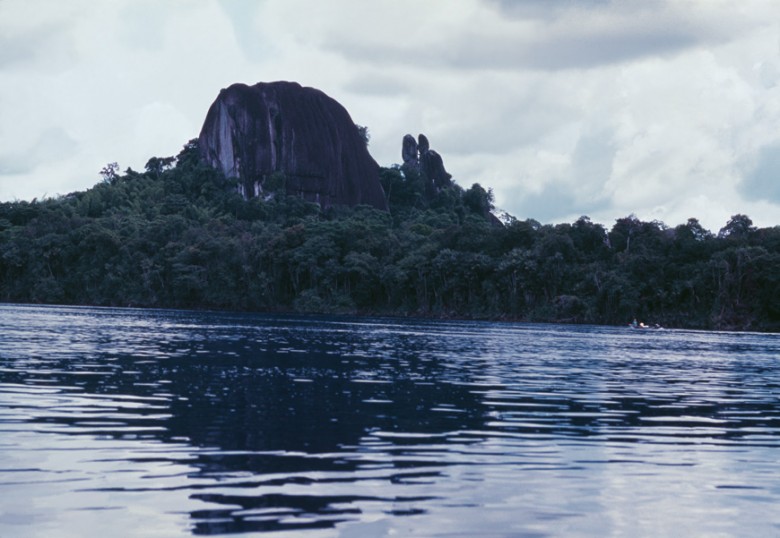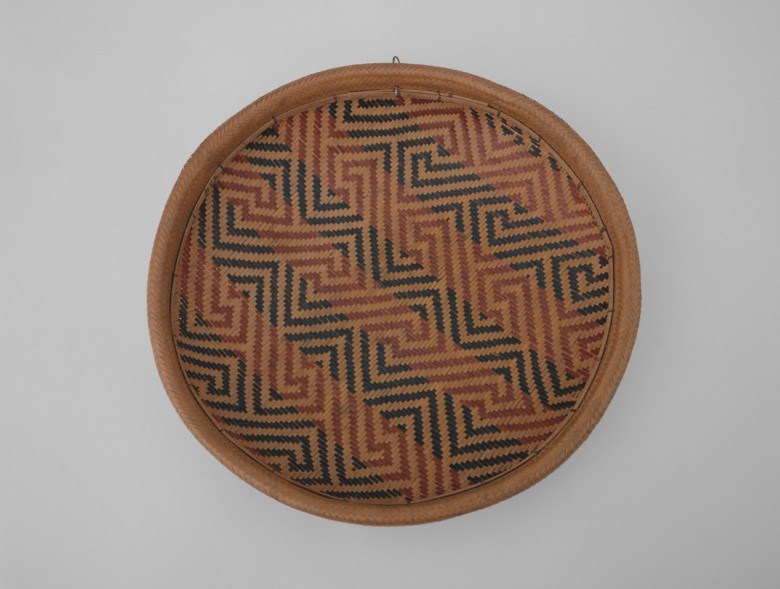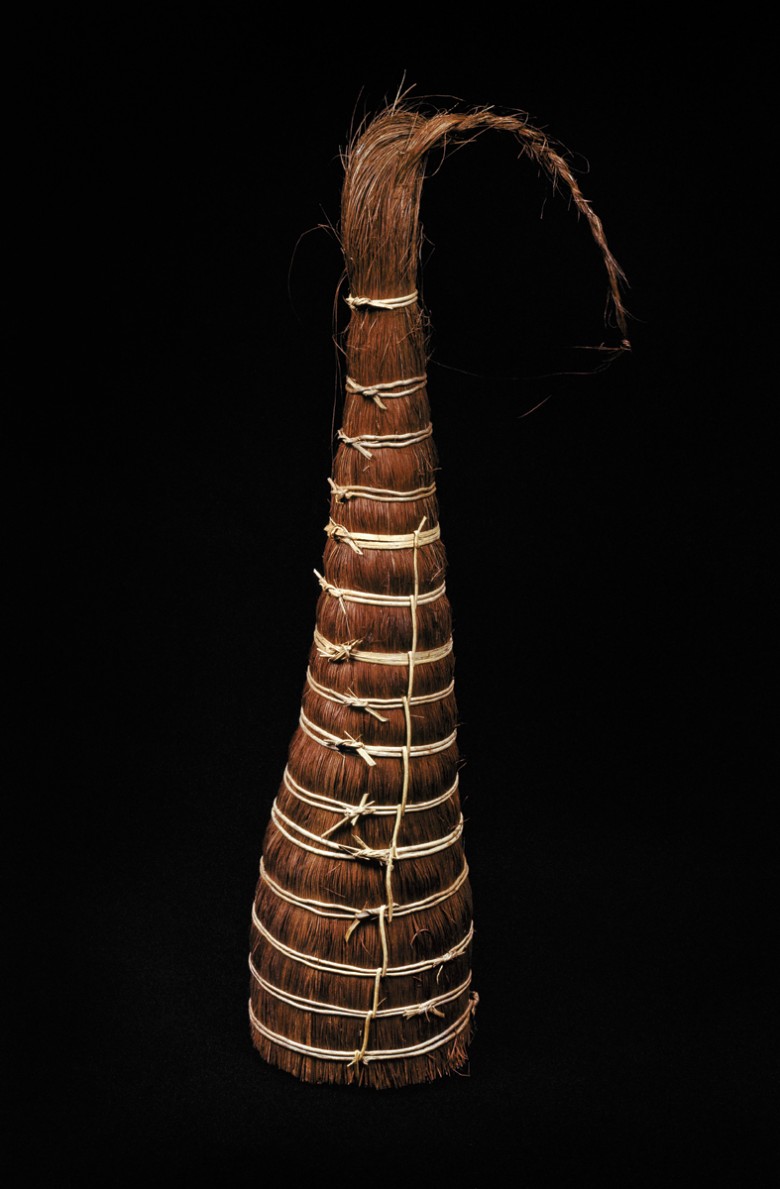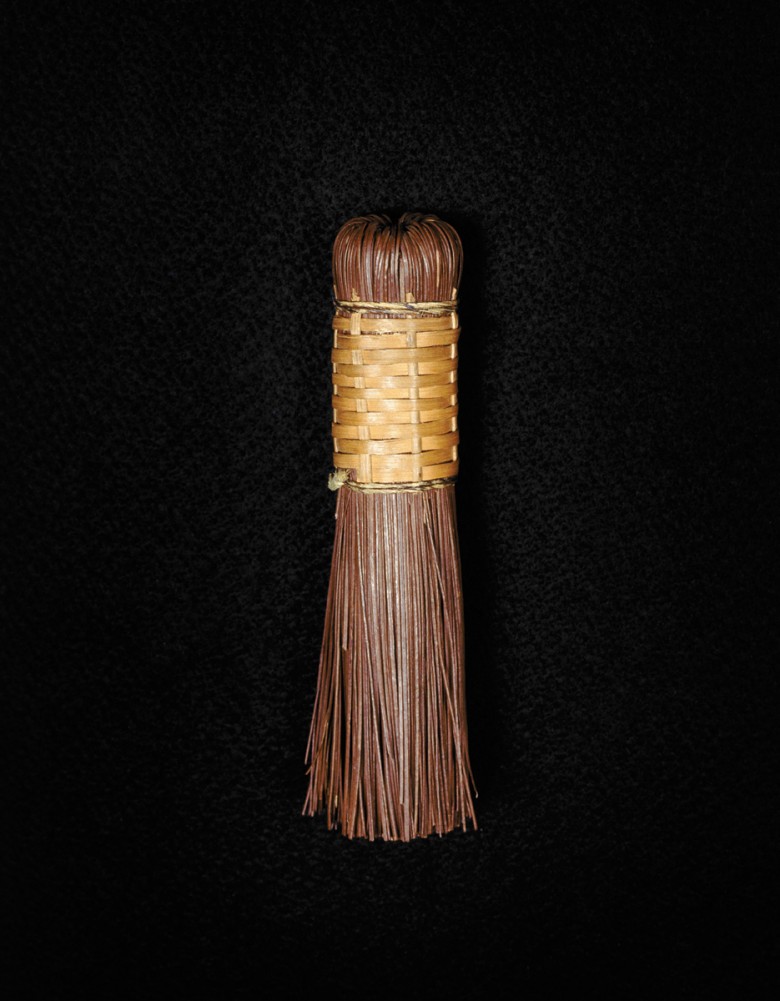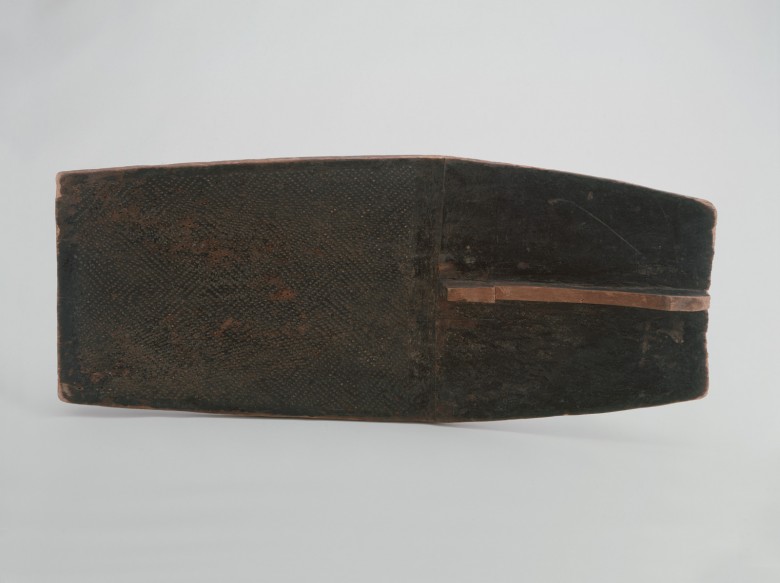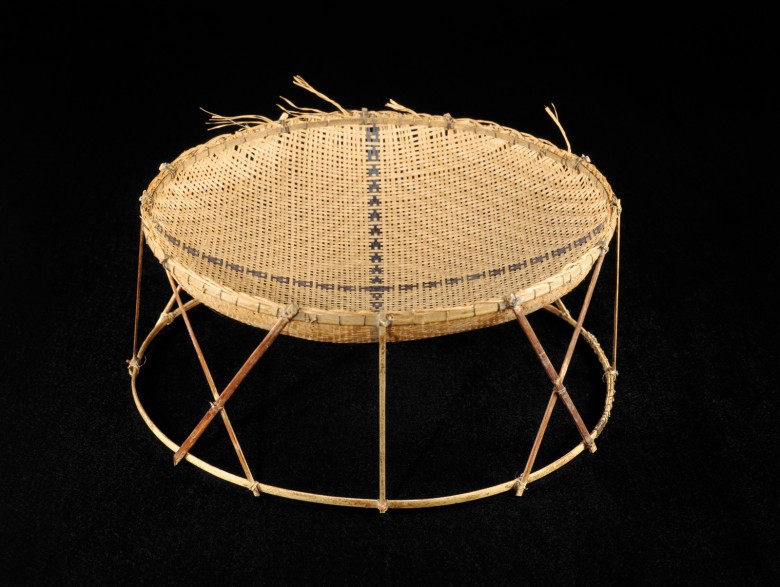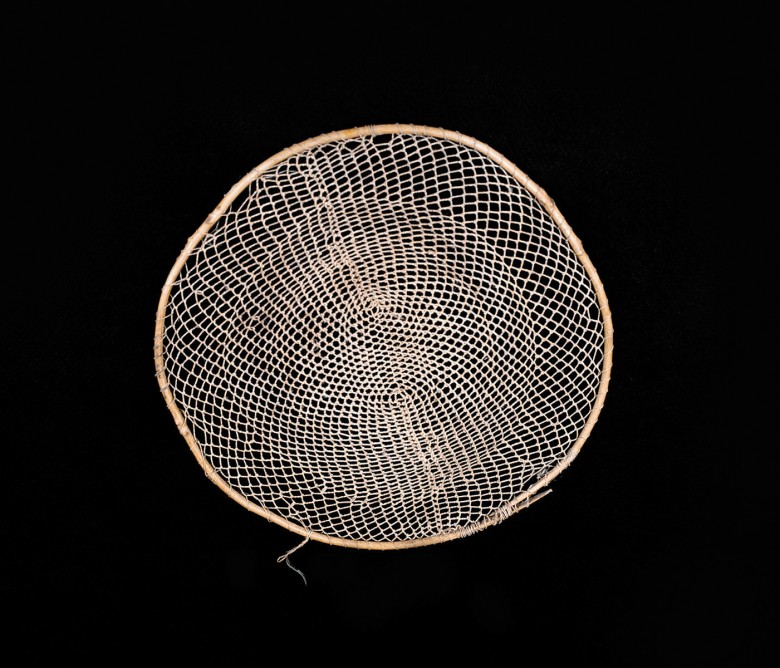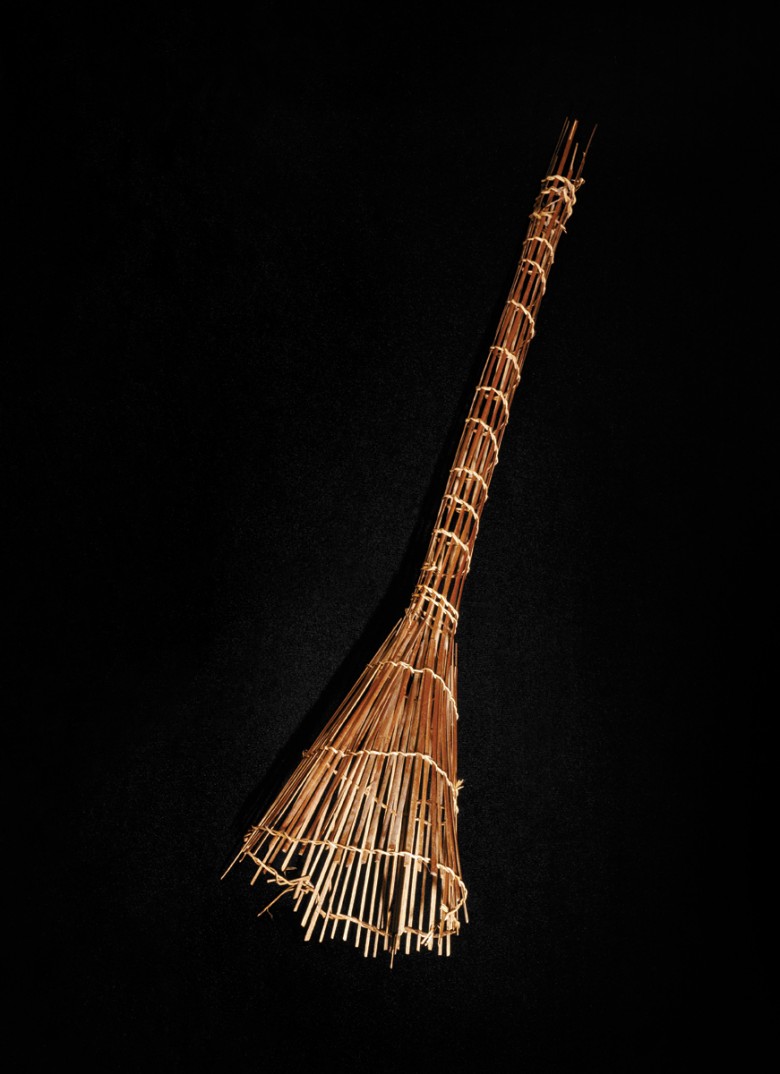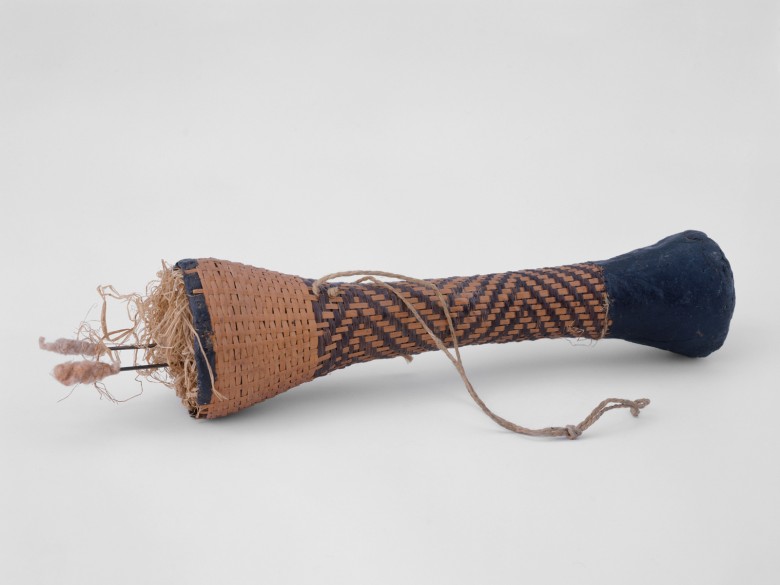History
Evidence suggests that the upper Rio Negro/upper Orinoco was occupied from at least 3500 years ago, with the first European contact in the mid-16th century. Fairly continuous contact was made from the mid-18th century, when the Portuguese and Spanish slave trade penetrated the region.
Wakuénai means Wakú-speaking people; their language is of the Arawak family. They are also known as Curripaco. Wakuénai territories extend into the Amazonian regions of Venezuela, Colombia, and Brazil. In Venezuela, they are concentrated in the Casiquiare district of the state of Amazonas, near the Atabapo, Guainía, and Orinoco rivers.
Fabrication
The Wakuénai continue to produce traditional crafts for which there is a market demand, like baskets, mats, and criollo-style woven hats.
Basket weaving used to be practiced exclusively by men. Now, due to its commercial success, women not only produce ornamental and commercial baskets, but have evolved new forms and techniques.
Today, the collection and sale of chiquichique fiber has become economically important to the Wakuénai. In order to collect the fiber, which grows on the banks of rivers like the Inírida or the Guainía, the Wakuénai organize expeditions that last several months.
The Wakuénai use chiquichique fibers to craft the brooms with which they spread yucca flour over the budare in the preparation of manioc or cassava.
Sustenance
Agriculture is not as important as it once was to the economy of the Wakuénai. They have developed a market for the chiquichique fibers that grow on riverbanks, requiring a continuous effort that precludes tending crops, but they do still hunt and fish.
Like other ethnic groups of the region, the Wakuénai practiced slash-and-burn agriculture. Cultivation began at the start of the brief dry season. During this time, known as Makwapidania, men selected and cleared the new conucos (farm plots) according to the mythical calendar of Káali, creator of yucca.
The work of the Wakuénai women centers around the processing of food. They carry, peel, grate, and press the bitter yucca; gather wood for fire; and toast the yucca pancakes, known as cassava, over enormous budares.
Although the Wakuénai at times were forced to take refuge in the forest to escape outside pressures or illness, they are most at home on the river. Fishing remains an important and fundamentally male activity, even as blowguns, arrows, and spears have been replaced by modern means. They do, however, continue to use woven nets and traps.
Men still fish using the cacure, a woven fishing trap placed near the banks of rivers and channels. For large-scale fishing, the cacure is used in conjunction with barbasco, a toxin placed in the water to stun fish. Surplus fish are often salted or smoked, then sold in the local commercial market.
Hunting, also a male activity, requires guile, silence, patience, and absolute control over one's body. The Wakuénai hunter, hidden in the foliage, tries to imitate the sound of the animal he wishes to attract.
